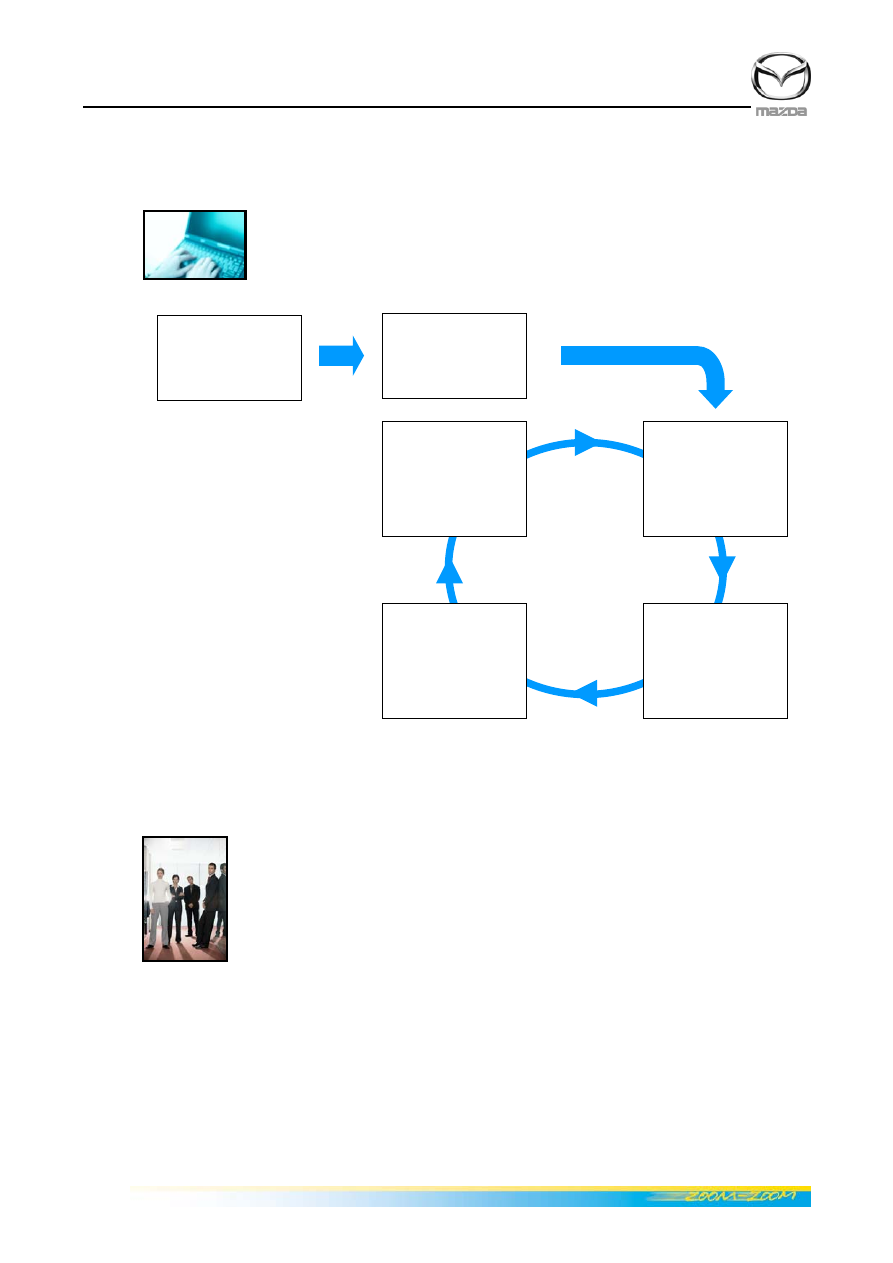Mazda Training manual - part 138

Dealing with Complaints
Curriculum Training
37
Show the slide to highlight the need for customer-orientated processes.
15 – Managing complaints – for continual improvement
AC5 – HOW YOU CAN CONTRIBUTE
In the full group of delegates, ask for their ideas for how they can contribute
PROACTIVELY to the process, so that continual improvement in customer service
can take place.
Log the
complaint
Monitor
customer
satisfaction
Management
analysis –
common
factors or
trends?
Management
review – how
do we stop this
happening?
Continual
improvement –
better systems
and training
Deal with the
immediate
complaint